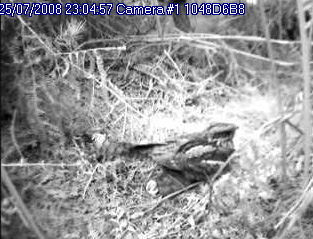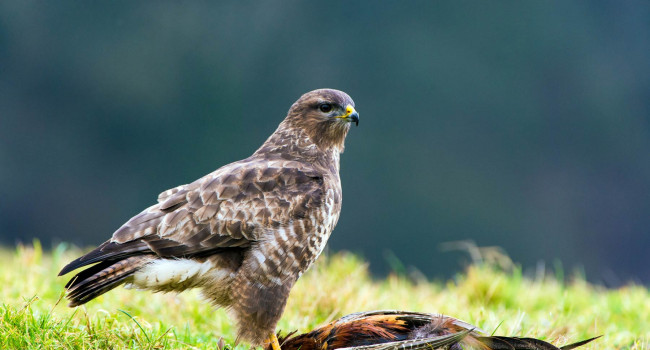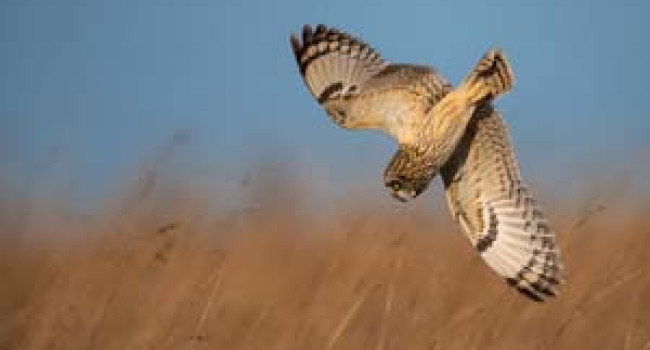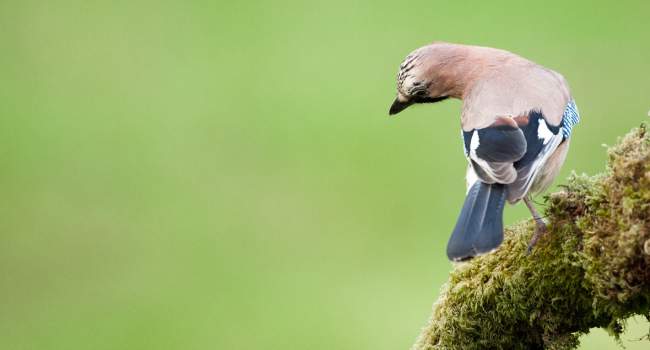Nest predation in Thetford Forest
Despite consisting mostly of non-native conifer plantations, Thetford Forest is an important wildlife habitat, especially for a range of uncommon heathland species that would once have been common in the indigenous habitats for the area. Thus, woodlarks and nightjars have local populations of considerable national importance, as well as their being interesting species in their own right.
An opportunity to study these birds came about through interest from local government in the potential effects of disturbance due to proposed development on biodiversity. In collaboration with UEA, BTO scientists have been investigating how effects of nest predation on the birds are altered by human disturbance. This work uses a combination of professional and amateur field surveys and detailed observational work on nests using state-of-the-art nest cameras. The results are fascinating: while the usual suspect nest predators, such as crows and foxes, have been caught on camera, they make up only a fraction of the total predation pressure. It seems that very many species will eat eggs if they get the chance, from mice and hedgehogs to badgers and even deer. Designing management solutions to reduce the pressure on breeding success from predation could therefore mean considering factors that promote the presence and foraging of a great many diverse animals....







Share this page